Perspective-localized painter, Felice Varini, interviewed by Gil Dekel.
Felice does not paint on canvas but rather on architectural and urban landscapes, such as buildings, walls, and streets. His paintings have one vantage point (view point) from which the viewer can see the ‘complete’ painting, usually a simple geometric form (a circle, square, triangle). From other vantages (views) points the viewer will see ‘broken’ fragmented shapes. For example, the following work, as seen from the vantage point (left, figure 1), and the same work seen from outside the vantage point (right, figure 2):
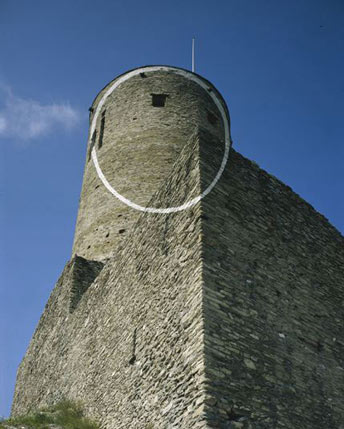
Figure 1: Battiaz Tower (1986), material used: white plastic resin (seen from the vantage point).
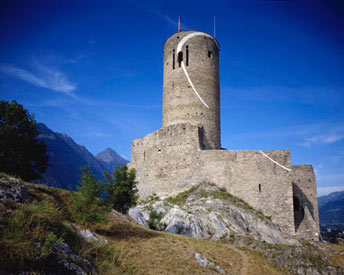
Figure 2: Battiaz Tower (1986), material used: white plastic resin (seen from outside the vantage point).
Gil Dekel: Is the issue of view point important to your work? Are you trying to encourage the viewers to stop and contemplate on how they see things around them?
Felice Varini: No. When I begin to paint I never think about the viewer. The viewer does not affect the way I start the work. The viewer will become part of the work once it is done and he can watch the painting. Even then I can not tell you what he will see, because I do not know where he is standing and what is the view point from which he is watching the painting.
I start my works from one vantage point, which is simply the height of my own eye level. This is only a starting point, a way to begin. I plan the work using sketches, pictures, camera, or just in my head. And I work with the space, considering the relationship of my view point with the space as well as the geometry of the space itself. Then I make the painting.
Once the painting is done it starts an independent life, having a relationship with the space, which has nothing to do with me or the viewer. It is a direct relation that the painting has with the space, in a kind of an abstract reality.
The viewer can then be present in the work, but as far as I am concerned he may go through it without noticing the painting at all. If he is aware of the work, he might observe it from the vantage point and see the complete shape. But he might look from other points of views where he will not be able to understand the painting because the shapes will be fragmented and the work too abstract. Whichever way, that is ok with me.
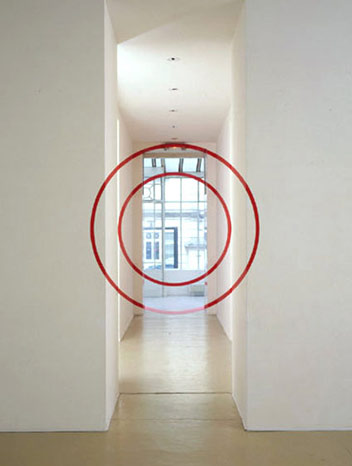
Figure 3: Two Circles In Corridor, Red No. 1 (1992), Paris, acrylic paint (seen from the vantage point).
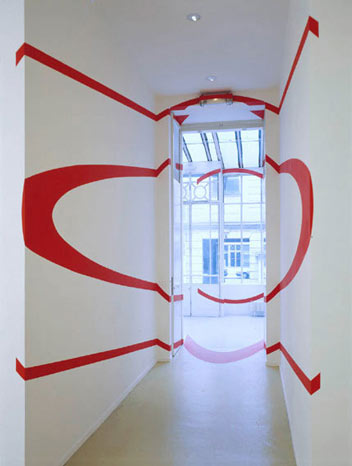
Figure 4: Two Circles In Corridor, Red No. 1 (1992), Paris, acrylic paint (seen from outside the vantage point).
You would not want the viewer to become aware of the ‘complete’ shape from the ‘right’ vantage point?
No, I am not worried about that. Everyone knows how a circle or a square looks like. My concern is what happens outside the vantage point of view. Where is the painting then? Where is the painter? The painter is obviously out of the work, and so the painting is alone and totally abstract, made of many shapes. The painting exists as a whole, with its complete shape as well as the fragments; it is not born to create specific shapes that need to satisfy the viewer. The paintings are not defined by the understanding of the viewer or what the viewer sees, but rather exist in their own right, and have their own relation to the three-dimensional space in which they were created. I work with the reality itself, with nature.
But if there are so many different vantage points, fragments, and the painting’s own existence without the viewer, then we arrive at too many different elements with no similar ground for us to compare and share?
When two people are in love they do not love the same person but each other, and yet they are perfectly able to understand and share that love.
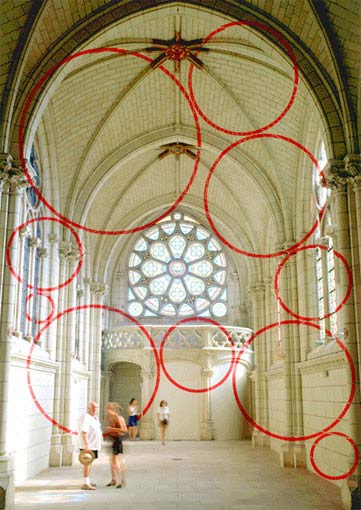
Figure 5: Surrounding at ten (1999), Thouars, France, red chalk (seen from the vantage point).
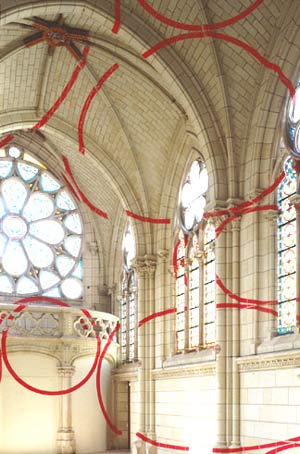
Figure 6: Surrounding at ten (1999), Thouars, France, red chalk (seen from outside the vantage point).
—
You use simple geometric shapes, triangle, square, circle, as well as basic colours, red usually. Why this simplicity?
If you draw a circle on a flat canvas it will always look the same. The drawn circle will retain the flatness of the canvas. This kind of working is very limiting to me, so I project a circle onto spaces, onto walls or mountain sides, and then the circle’s shape is altered naturally because the ‘canvas’ is not flat. A mountain side has curves that affect the circle, and change the circle’s geometry. So, I do not need to portray complicated forms in my paintings. I can just use the simplicity of forms, because the reality out there distorts forms in any case, and creates variations on its own accord.
The same goes for colours. Usually I use one colour only, and the space takes care of altering the colour’s hue. For example, if I use one type of red colour on a mountain side, the result is many kinds of red, depending on the mountain’s surface and the light conditions. Sunlight will affect the different areas on the surface and the same red colour may become stronger or darker or clearer in certain areas, depending on how the sun rays hit the surface. The sky can be bright or dark. And if the surface has its own colour or a few colours then that will affect the red that I apply on it. So, I do not need to use sophisticated colours.
The reality exists with its own qualities, shapes, colours and light conditions. What I do is simply add another shape and colour in response to that.
So nature is a co-painter of your work?
Yes it is. In comparison I can say that Constable used to work after experiencing the reality, whereas I work on the reality.
How long does it take to complete a work?
It can take a week with three assistants working with me.
Are your paintings meant to be permanent in the space where they were created?
Once I make a work it can be removed and remade in a different place, as long as certain guidance is followed. I write a description for each work, describing its specifications, and you can remake it in another space if you follow the exact instructions for the shapes, sizes, relation to each other, and relation to the space. The new space needs to have similar characteristics to the original one.
The result will not be a new work, but rather a remake of the same work. I do not make an object and move it, but I move the concept, and can remake it in the new space, in the same way that there is a written play and a theatre company can stage it in a few different theatres.
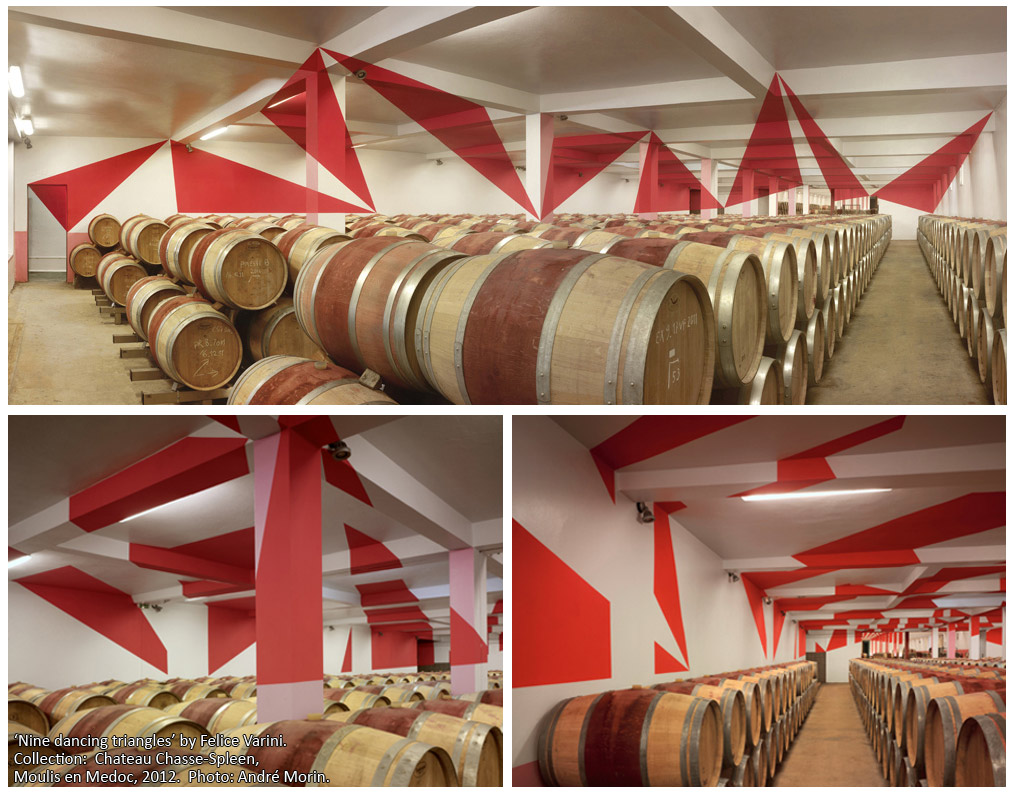
Figure 9: ‘nine dancing triangles’ (2012), Chateau Chasse-Spleen, Moulis en Medoc, acrylic paint (top: vantage point; bottom: two views from outside the vantage point).
Did you ever consider to construct or create the space itself?
No, because I am not an architect. I am a painter, and painting is my main concern. The question that I am asking as an artist is, ‘What is the next step in the history of art after Mondrian, Malevich and Pollock? What can we offer today that will take us to the next step in abstract painting?’ My answer is to work on the three-dimensional reality instead of the canvas.
I do not intend to create the reality or manipulate it. The reality is complex enough. Every day you can discover something new around you. It is an ongoing surprise; looking at old churches, sub-stations, houses. There are many types of architecture around the world, with new relations and new perspectives created all the time, and once I choose a space I start a new thinking process with it.
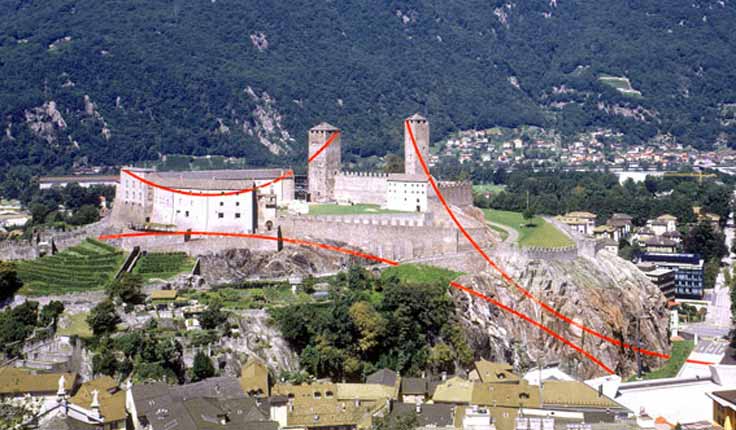
Figure 10: Castellgrande (2001), Bellizona, Switzerland, screen print (seen from the vantage point).
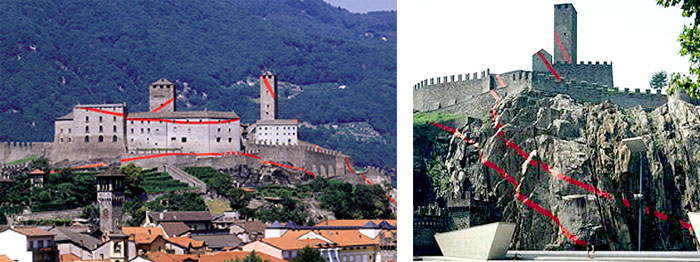
Figure 11: Castellgrande (2001), Bellizona, Switzerland, screen print (two views, seen from outside the vantage point).
You work directly on space but you do not define yourself as an installation artist.
No. I am a painter. When I started these paintings in 1978 the word ‘installation’ was just at the beginning of being used. Today it is used widely. Sometimes when I speak of what I am doing I use that word to make the conversation simpler, but I consider the reality itself to be the installation, and I work on that installation with paint. The reality is an installation work which belongs to all of us, and I am working with it, sometimes against it, in order to reach for new forms, new lights and new colours.
For me it would be very limiting to paint on a canvas which is closed within a frame of four sides. There is no relation to reality there. When I experience reality outside I do not know where it starts and where it ends. It is open, and the work is open. The space has no limits.
My relationship with the space is trying to discover more things that we can not normally see. The vantage point of the works is really very fragile. It is a mechanical point of view in a way, it does not encompass reality. In reality our eyes move all the time, and we cannot see with our eyes like the camera does, taking snapshots. We cannot retain a freeze frame with our eyes, so it is difficult for anyone to stand at the exact vantage point of my paintings. For me, the work is outside the vantage point, where reality allows for all shapes to live.
I begin with the vantage point for the purpose of having a starting point, a focus point to begin with.
Do you have to be focused to do a painting?
Yes, I think so, and that is true for everything you do, paintings, films, sculpture, everything. Once you have made a decision, it is your desire that you are putting forward, your choice. If you focus on this choice and stay with it, then you will complete it. But if you keep changing then you may not go into the matter of things. It is very difficult to spread too much into many areas, I prefer to focus.
It seems a complicated process to construct your paintings.
Technicality is not a problem, anyone can do it.
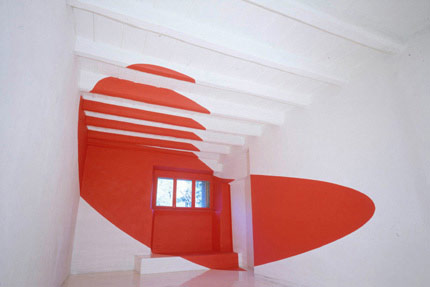
Figure 13: Ellisse Rossa Piena per la Finestra (1995), acrylic paint (seen from outside the vantage point).
Why do you make paintings?
I discovered the world of painting when I was young, and with it my desire to paint. It was a strong feeling; I would ‘burn’ in the middle of a painting. As a ten year old I saw the works of the Italian artist Lucio Fontana, who would cut the canvas of his paintings right in the middle. This was my initiation into modern art, where I began to think of painting without any representation.
With painting you can move forward and discover new things that can progress the world. I do not believe in inspiration, I think it does not exist for me. Instead, I explore the space, walk through it, look through a few point views, I make decisions, and then it all clicks right into place. It is like writing, where you begin to write, you search for the phrase, and then it happens.
What is that point when things click?
This is something that happens while you are within the process; it is not external to you. It is not a source of inspiration ‘falling’ on you. Maybe other artists feel that they are inspired all the time, but I do not believe in God, and for me the notion of God is not part of painting. Painting is about choices, attitudes, and a desire to discover something new. Everyone can paint. The question is whether you choose to do it or not, and whether you choose to develop yourself from one work to the next.
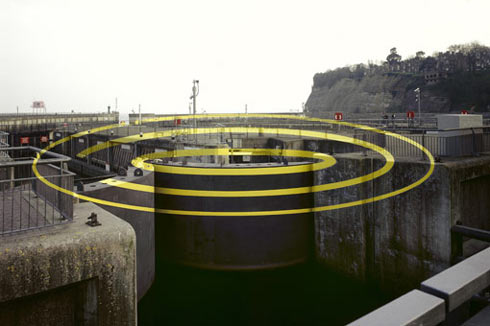
Figure 14: Three Ellipses For Three Locks (2007), acrylic paint (seen from the vantage point).
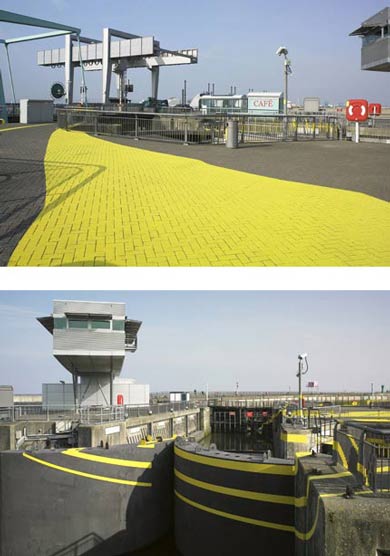
Figure 15: Three Ellipses For Three Locks (2007), acrylic paint (two views from outside the vantage point).
Do people criticize you as not being a ‘real painter’?
Yes, but that is not a problem. In fact, I hope that everyone could do paintings as I do, because it is not a question of how difficult or easy the task is, but a question of thinking and choosing. A great painter can work with very simple elements, and the work that comes out can be a masterpiece. It is about good thinking and choosing good spaces.
So, how do you choose a good space?
I would love to be all the time concrete and objective, but I know that there are moments of ambiguity. I cannot say I know where and why I choose a good space; perhaps uncertainty is necessary because it makes us what we are, human beings. We are not perfect.
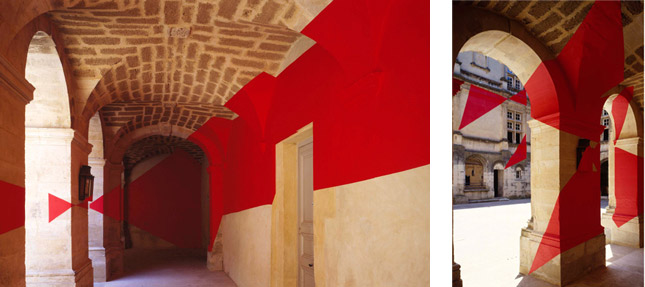
Figure 17: Six Triangles In Diagonal (2003), screen print (two views, from outside the vantage point).
My artistic work spans over thirty years. I am making works, discovering new realities, and then having new questions. Then making new works, new realities, and new questions. One thing is certain here: the questions themselves keep evolving…
» Felice Varini Year-By-Year: chronolgy of Felice’s works…
22 July 2008. Publishing rights exclusive by © Gil Dekel. Text © Felice Varini and Gil Dekel. Images © Felice Varini. Last update 2 Oct 2014.
Interview held in Paris, France, 26 May 2008. Felice’s Website.

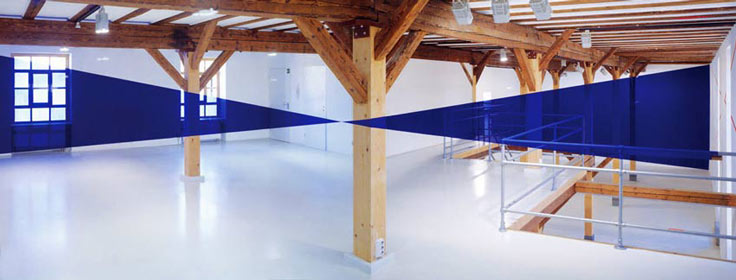
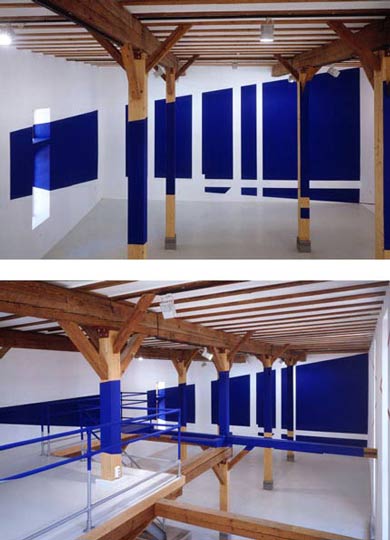
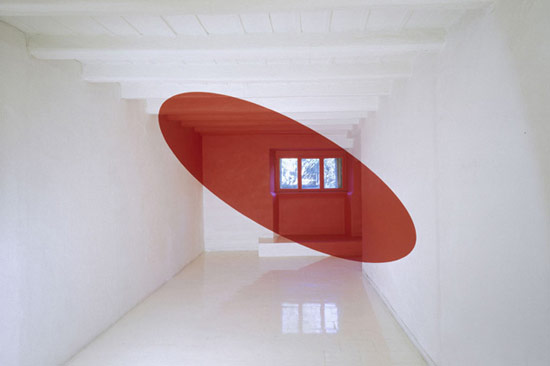
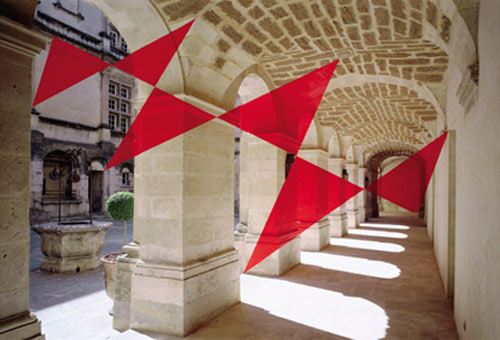

 - Reading with Natalie, book here...
- Reading with Natalie, book here...
Very nice article by Gil Dekel.
In Divine Friendship,
JESUSJAY